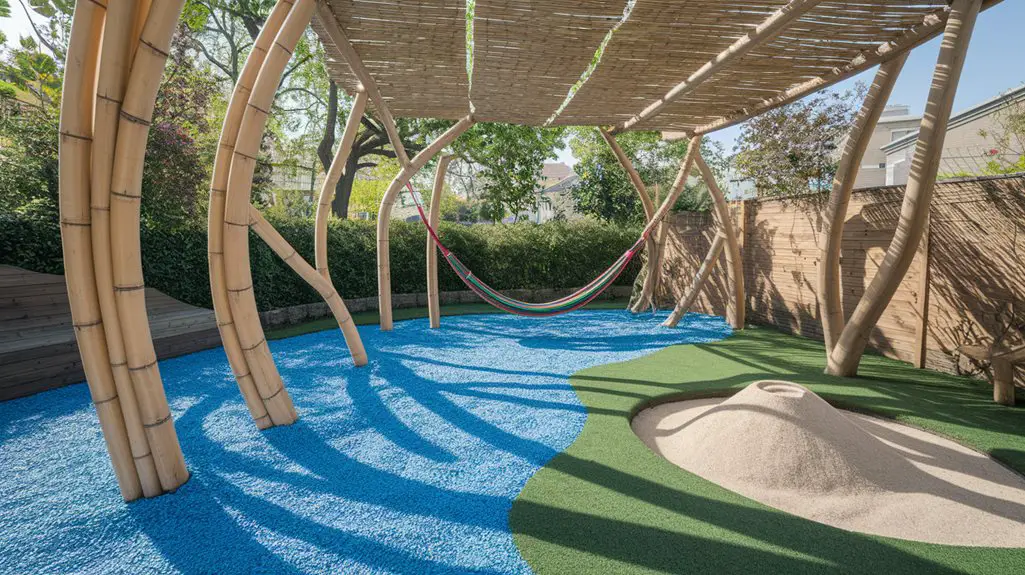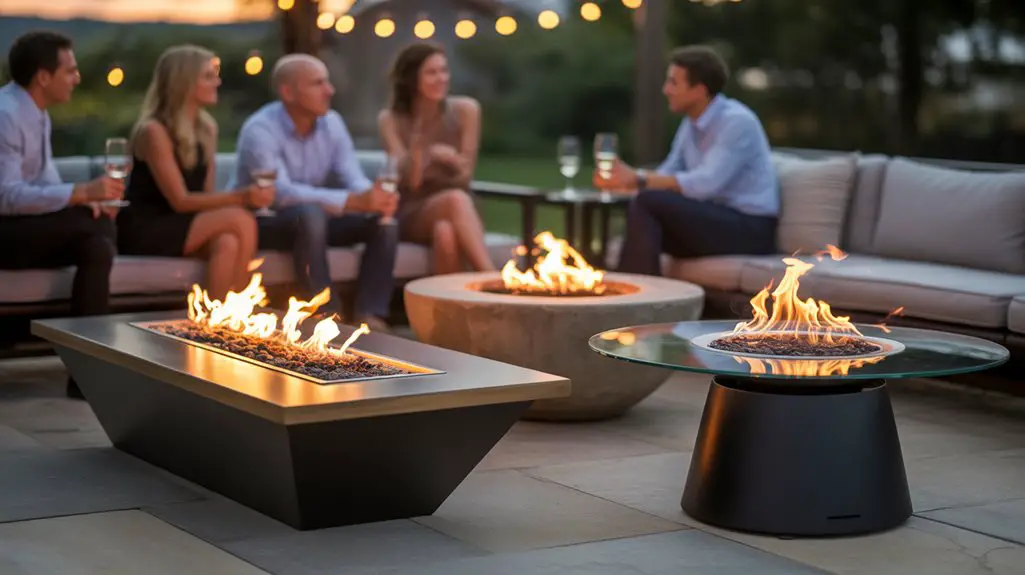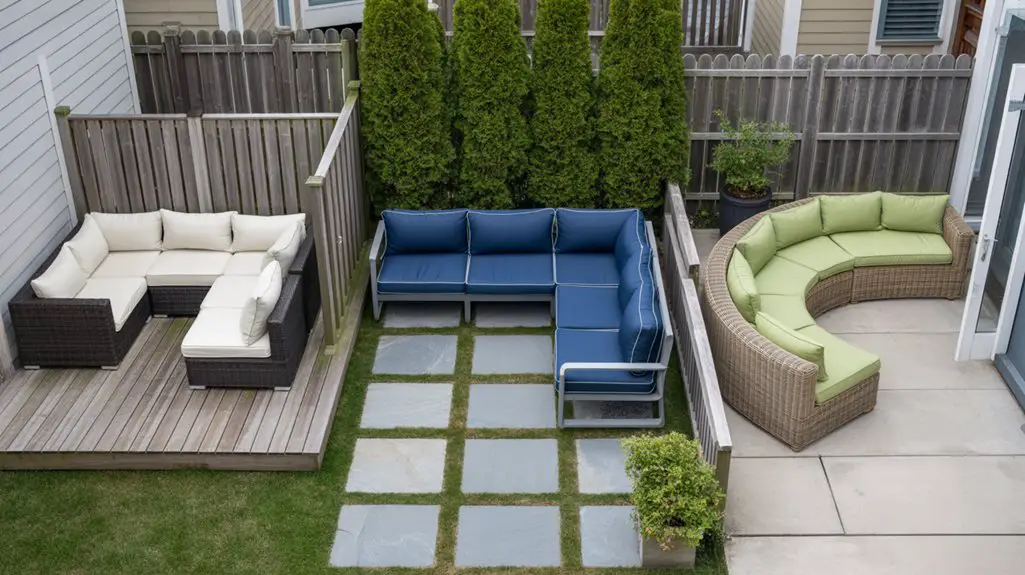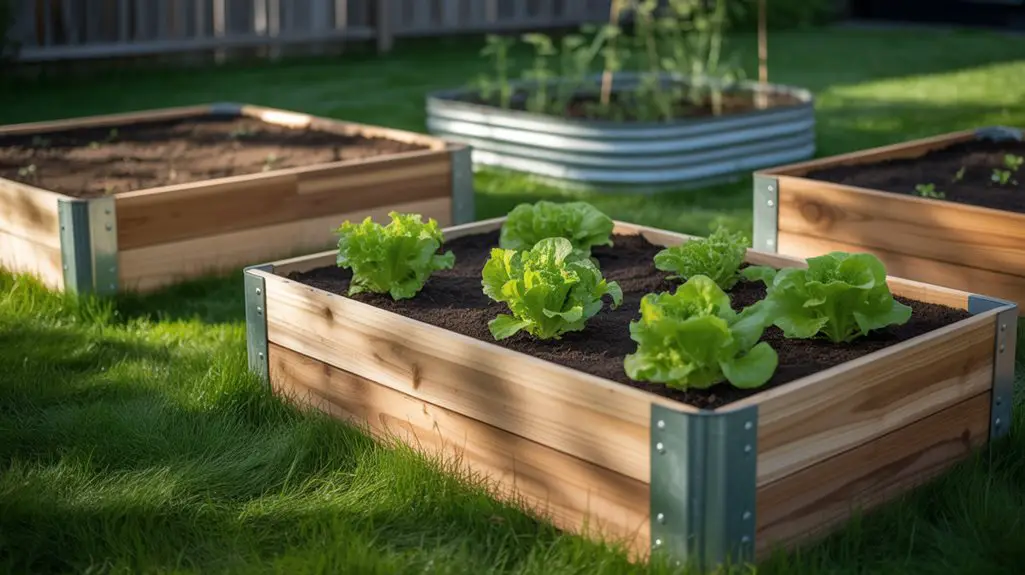Just as you’re planning your children’s play area, a neighborhood school may be renovating theirs with the same eco-friendly materials you’re considering. You’ll find sustainable options that benefit both your kids and the planet when you choose materials thoughtfully. From FSC-certified woods that resist decay to recycled rubber that cushions falls better than traditional surfaces, your choices matter. The right materials can transform an ordinary playground into a safe, non-toxic haven where environmental consciousness meets childhood joy.
Natural Wood and Reclaimed Timber Options
When it comes to creating sustainable play areas for children, natural wood and reclaimed timber stand out as premier eco-friendly materials. You’ll find these options considerably reduce environmental impact while providing durable, beautiful structures that children love. Opt for FSC-certified woods like cedar, pine, or redwood—naturally resistant to decay and insects without chemical treatments. Reclaimed timber from old barns, factories, or shipping pallets offers unique character while diverting materials from landfills. Ensure any wood you choose hasn’t been treated with harmful chemicals like chromated copper arsenate (CCA). Instead, seek products finished with non-toxic, water-based sealants that won’t leach dangerous compounds. Additionally, consider using safe materials for pets to create a truly family-friendly space. Remember to source locally when possible, reducing transportation emissions and supporting regional economies while creating safe, sustainable play environments for your children.
Recycled Rubber Surfaces for Safe Falls
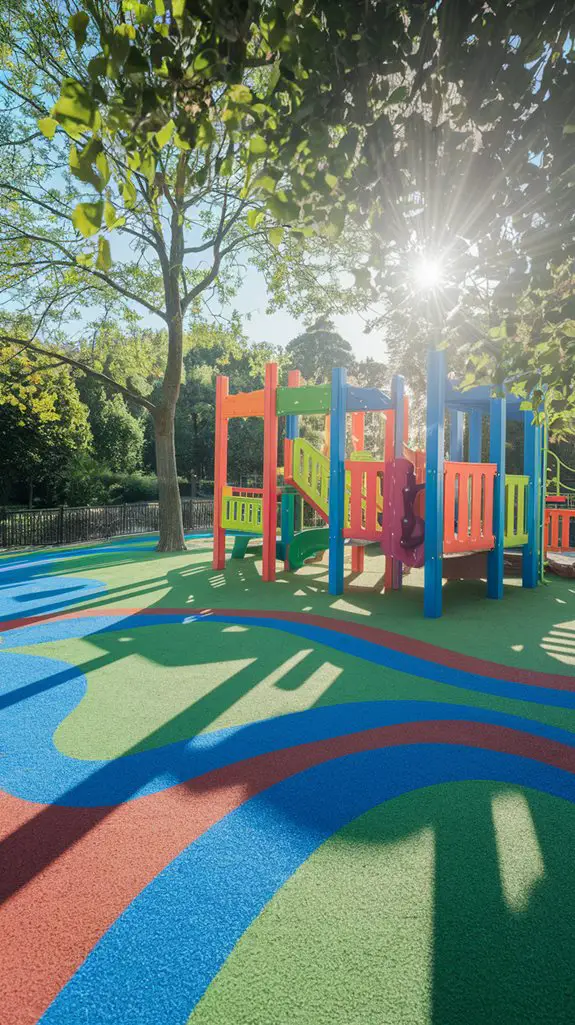
While natural woods provide excellent structural elements for play areas, recycled rubber surfacing offers unparalleled safety benefits for the inevitable tumbles children take. These surfaces, made from repurposed tires, can absorb impact up to nine times better than traditional materials like sand or wood chips.
You’ll find recycled rubber available in several forms: poured-in-place surfacing, interlocking tiles, and loose rubber mulch. The poured option creates a seamless, accessible surface ideal for inclusive playgrounds, while tiles offer easier DIY installation.
All varieties provide excellent drainage, preventing puddles and extending the usability of your play space.
Beyond safety, you’re making an environmental choice that diverts tires from landfills. Each playground typically repurposes hundreds of tires that would otherwise contribute to waste streams.
Cork Flooring: Sustainable and Shock-Absorbing
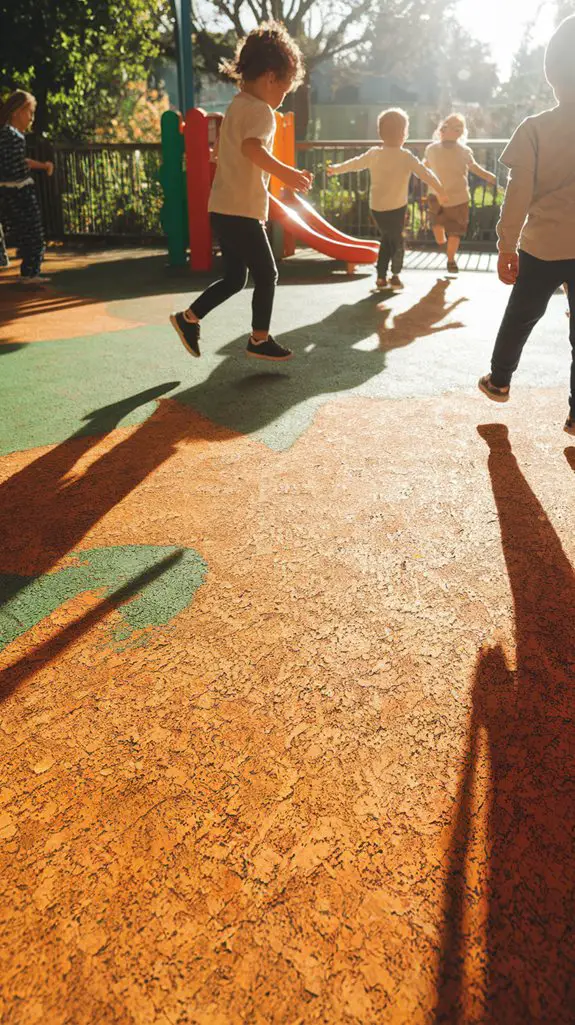
Cork flooring stands as another excellent option for environmentally-conscious play areas. Harvested from the bark of cork oak trees without harming them, this renewable resource naturally regrows every 9-12 years. You’ll appreciate cork’s inherent springiness that cushions falls while reducing joint stress during play.
| Property | Benefit |
|---|---|
| Antimicrobial | Resists mold and mildew |
| Thermal insulation | Warm underfoot year-round |
| Sound absorption | Reduces noise levels |
| Water-resistant | Handles spills effectively |
| Hypoallergenic | Improves indoor air quality |
When selecting cork flooring, look for products with low-VOC finishes to maintain indoor air quality. Many manufacturers offer interlocking cork tiles that you can install yourself, making this an accessible DIY option for transforming play spaces sustainably.
Bamboo Play Structures and Equipment
Bamboo offers remarkable sustainability for children’s play equipment, growing up to three feet daily and reaching harvest maturity within 3-5 years compared to hardwoods’ decades-long growth cycle.
When properly treated, bamboo structures can last 20+ years outdoors with minimal maintenance.
You’ll find bamboo’s tensile strength rivals steel while weighing considerably less, making it ideal for climbing frames, swings, and balance beams.
Its natural flexibility provides give without breaking, reducing injury severity during falls.
Most commercial bamboo play equipment uses carbonized or heat-treated bamboo that resists insects and moisture without toxic chemicals.
When selecting bamboo equipment, look for FSC-certified sources ensuring sustainable harvesting practices.
Many manufacturers now offer modular bamboo playsets that you can expand as your children grow, maximizing your investment while minimizing environmental impact.
Organic Cotton and Hemp for Soft Play Elements
When selecting materials for soft play elements, organic cotton and hemp stand out as superior alternatives to synthetic fabrics that often contain harmful chemicals. These natural fibers aren’t treated with pesticides or toxic dyes that can irritate children’s sensitive skin and respiratory systems. Hemp offers exceptional durability, with fibers that are three times stronger than cotton, making it ideal for frequently used items like climbing nets, swings, and floor mats. It’s naturally resistant to mold and UV damage. Organic cotton provides unmatched softness for items children touch directly, such as cushions, sensory play materials, and fabric tunnels. You’ll find these materials biodegrade naturally at the end of their lifecycle, unlike synthetic options that persist in landfills for decades. Both materials can be easily cleaned with non-toxic solutions, maintaining their hypoallergenic qualities throughout their use. Additionally, using natural methods in play areas can help reduce the risk of pests that may harm children or damage play equipment.
Conclusion
Your eco-friendly playground isn’t just good for the planet—it’s ideal for your children’s health and development too. You’ll reduce environmental impact by choosing FSC-certified woods, recycled rubber, versatile cork, renewable bamboo, and organic textiles. You’re creating spaces where kids play safely on non-toxic materials while you’re teaching them environmental stewardship through example. These sustainable choices protect both their future and their present.

